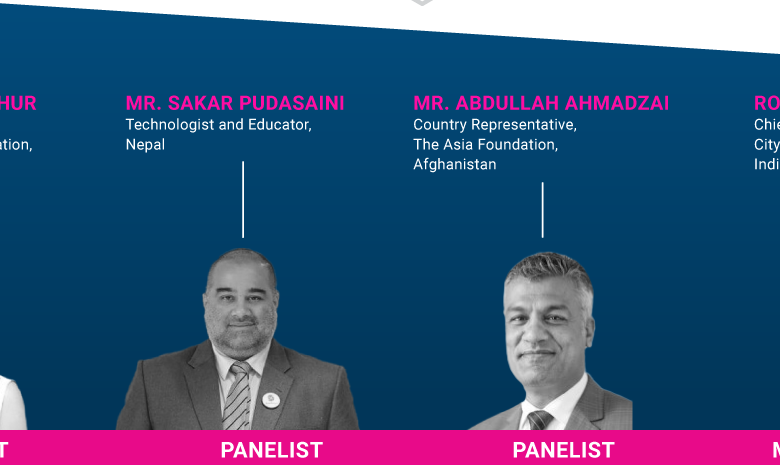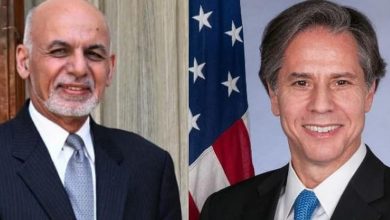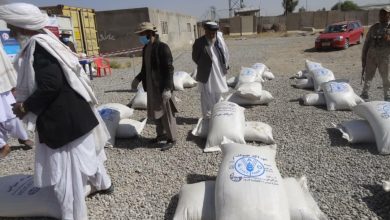
Education and Pandemic
Sina Rawesh/ June 16
The COVID-19 pandemic has affected educational systems worldwide, leading to the near-total closures of school, The COVID-19 pandemic is a huge challenge to education systems.
Previous outbreaks of infectious diseases have prompted widespread school closings around the world. Today, this pandemic has disrupted educational, economic, and even social life systems in all countries of the world. Most governments decided to temporarily close educational institutions in an attempt to reduce the spread of COVID-19. As of 12 January 2021, approximately 825 million learners worldwide are currently affected due to school closures in response to the pandemic. According to UNICEF monitoring, 23 countries are currently implementing nationwide closures and 40 are implementing local closures, impacting about 47 percent of the world’s student population. According the recent report by the World Bank, South Asia region stands to lose up to 622 billion dollars from School closure beside substantial learning loses. At peak of school closure in April 2020 94% of students or 1.6 billion children worldwide were out of school.
During this pandemic universal education face newer Challenges, the digital method of teaching evaluated the issue of access of student to education to some extend poor and inconsistency teaching and learning practices, continues to be a challenge. In this regard, some educational and research institutions have designed and identified short-term solutions to solve this problem, and they propose mechanisms for the educational institutions that could meet the needs of students at any level and field.
A webinar on “Education and Pandemic: Fulfilling Learning Gap among Children” was organized by the Centre for Civil Society (CCS), India in collaboration with Friedrich Naumann Foundation (FNF), South Asia. Prominent people from education space from Afghanistan, India, and Nepal deliberated the subject. Mr. Abdullah Ahmadzai, Country Representative of The Asia Foundation – Afghanistan, Dr. Mona Mathur, Founder and CEO of Million Spark Foundation -India, and Mr. Sakar Pudasini, Technologist and Educator – Nepal presented their insights on the nature and extent of the challenge and their possible solutions.
The Impact of COVID-19 On Education/learning:
Mr. Abdullah Ahmadzai, Country Representative of The Asia Foundation presented the situation in Afghanistan. He said that according to a recent research by UNICEF from 35-40 Million papulation of Afghanistan, around 47.8% of them are under age of 15 and 3.7 million Afghan children are out of schools. Around 60% of these children are estimated to be girls.
In addition, he said beside that how the pandemic affects us, there are other challenges the direct or indirect has influence in education system in Afghanistan, like, in most villages and districts Only 30% population has access to electricity and reliable internet is a luxury. In some village’s families do not allow their children to go to school due to security situation.
Given these challenges, due to pandemic Schools in country remained closed for almost entire acdamic year in 2020 and all exams were postponed. NGOs including Open Society working in education sectors have been struggling on implementations of their education projects. Only a few team members were able to work from home. Private Schools Association has been conducting protest demanding the government to let them open schools or provide financial relief for their sustainability.
In continuation of this webinar Deliberating on the topic Mr. Sakar Pudasaini, who works in education research and technology in Nepal While acknowledging similar and parallel challenges in the countries of the region and emphasized on the lack of data and research to gauge the deep impact on the learning loss among the children in Nepal. He said that based on UNICEF recent report 20% of kids are not going to school at all. There is no systematic data to shows the losses on education, but we all know that this pandemic has impacted the learning in extreme ways. People are still expecting the schools to open but without figuring the challenges and impact.
Dr. Mona Mathur who is the Founder and CEO of Million Sparks Foundation said that in India there are 250 Million school going children, but only 40 % of them are enrolled in schools. Before the pandemic, India made all efforts to bring all children to school and fortunately around 80 to 90% has been started schools. But ever since the pandemic has hit, the situation is very grim. Schools have been shut since the breakout of the Covid-19 so it has been one and a half year for schools to stay non-operational. Some studies are indicating that children have lost roughly 90% in their reading skills and lost roughly 85% in their numeracy skills of what they had learnt in previous year. Due to pandemic impacts children are not happy, they are not mentally sustainable anymore.
Begging an educationist, she suggested, we should mainly focus more on children wellbeing and mental health instated of focusing on what lefts from curriculums. Before starting the learning gap, we should think of how to support mentally our children to recover and understand their losses
Solutions-role of schools and educators:
- The experts not only deliberated over the challenge but also tried to present some workable solutions. Some of the major suggestions are:
- To reduce the number of school dropouts, teachers should be trained so that they can deal with the mental state of children and eventually change the situation.
- For now, the main focus should be the happiness and wellbeing of children. The academic loss can be bridged in a phase-wise manner.
- Educators need to engage parents and community in the entire education process.
- Schools need to design effective programs for all children, including those who do not have digital access such as sending education material to their homes, getting teacher call parents, make sure kids doing something every day, small group activities etc.
- All 3 levels: communities, private or state level, educators have a tremendous opportunity to ensure the children are engaged.
- Government of Afghanistan organized open classes using TVs. This method can be effective for other countries as well.
- If the Internet is available, creating special software and online classes and otherwise using flash and CD can also be a good solution, most of private educational institutions in Afghanistan have used the same method.

